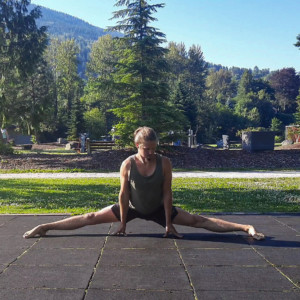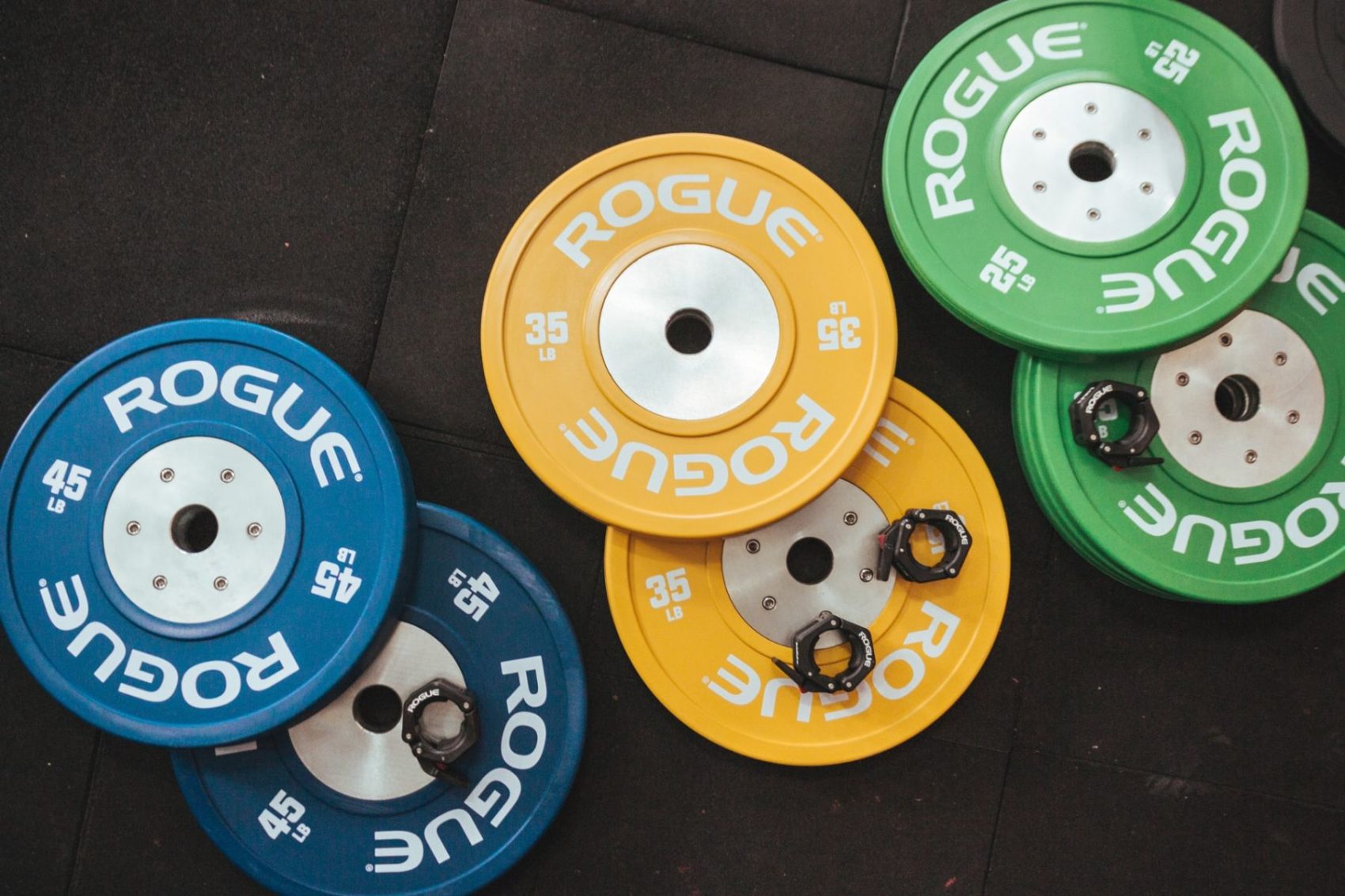Everyone wants to gain more range or move better in some way. Assuming that, most want to gain more mobility and flexibility. A simple quest, yet the path might not be so simple. There are half-truths, factoids, or even bullshit around in this field. Plus, naturally many ways can lead to that single goal. I bet you know the situation – ask 3 guys at your gym how to get flexible, and you’ll get 3 entirely different answers. Plus, each of them will wholeheartedly defend his truth.
Possibly all of them are right in some way – stretch and you will get more flexible. This is true. But the question I am asking is this efficient? What is the best way for an adult to get there?
I don’t believe that passive stretching is the most beneficial way. It works for sure, yet a structured approach will always be superior. It’s like the guy at your gym throwing around weight up and down. He’ll make some gains, but not anywhere close to the possible gains he could make when training properly. I would see it as a tool, like any other flexibility or conditioning method with its own appliances. You would not use a torque wrench to get a nail into your wall.
And after this long introduction, let’s get to the topic of today’s post – PNF Stretching. Because this weird word, is a method that really works. Provenly.1 It is hard, honest, stretchy work and combines the best of many worlds.
PNF Stretching – What Method stands behind this Acronym?
PNF means Proprioceptive Neuromuscular Facilitation. No worries – I am also not able to speak it without nearly biting off my tongue. These kinds of difficult words seem to get physicians and physiotherapists turned up – the worst word I always encountered was Magnetresonancecholangiopancreaticography. And at least in German this beast is one freakin word…
Ok, back to what this post is supposed to be about. PNF. While the word is harder to pronounce than old Norse, and the mechanisms behind it aren’t even entirely clear to science yet, the practical use is simple as it gets!
Let’s learn the right PNF Stretching Technique!
Contact-Relax (CR)
To use this method go into a static stretch you know well. Go into a light stretching sensation. Until now everything is boring, but now you contract the muscle you are stretching for ~10-15s.
Let’s get an example – the Pike Stretch. Alright, you go into a light pike regarding the basic cues. From that position, you push your legs into the floor while holding this position. What I like to do is to ramp up the overall intensity over the course of this short timeframe. Start with around a 30% push and with an intensity of 90%.
Antagonist-Contract (AR)
Same as previously, you go into a light stretch – a light Pike Stretch. Instead of pushing your legs into the ground, you tense your hip flexors and quads and try to lift your legs closer to your upper body.
What this does is to activate the antagonists of the muscle you wanna stretch – in the pike example your hip flexors which work against your hamstrings. Simplistically explained. Hold again for ~10-15.2
The Combination Contract-Relax-Antagonist-Contract (CRAC)
You seldom use the former two methods on their own. Most often you combine them and use what is called CRAC. This is the method most people refer to when talking about PNF Stretching, while in fact it is just a PNF Stretching technique and there are many unique protocols.
To use this method you first do a set of CR, follow up with a set of A and lastly hold the stretch passively. You’re still with me? Great mate!
- Let’s talk Pike again. You get into a light stretch. From there you first push your legs into the ground for ~10s while ramping up the intensity to your max.
- Directly afterwards you reverse and pull your legs towards your upper body using your hip flexors for ~10s. Ramp up the intensity again to your max. Remember to breathe throughout the whole time – the hardest part in my opinion.
- After these two, comes a third piece. Lastly, you try to sink deeper into the stretch with ease. Breathe deeply, try to catch your breath, and relax. Do this for around ~10-30s.
And that’s one CRAC cycle. I would recommend doing 2-3 of them per set with a total of 3 sets. Have fun. It sucks, but works. Suffer.
For a video have a look at Tom Merrick’s PNF Routine.[/efn_note]Although he isn’t specifically explaining the technique by having a look at his routine you’ll get a close look at how PNF is supposed to look like. #suffer[/efn_note]

How does PNF Stretching work?
As you might have noticed this is a highly active and tiring method not much unlike strength training. Plus, the PNF Stretching technique can take some time to learn. Not the stretches your gym’s basic coach give you.
Science doesn’t exactly know how PNF works3 – just that it works. 4 Mechanisms have been theoretically proposed4, but nothing could be chiseled in stone yet. I would suggest it is a combination of them all promoting to the gains.
The changes take place within your muscle, your spine, and parts of your peripheral nervous system. PNF accomplishes that by cleverly using some of your body’s safety mechanisms and working against them:
- By working with the inhibiting mechanism of your Golgi Tendon Organ (autogenic inhibition)
- By the clever use of antagonist and agonist relationship (reciprocal inhibition)
- By manipulating your muscles properties through constant stress (stress relaxation)
- By applying two different kinds of stimuli at the same time (gate control theory)
The clear benefits are strength and flexibility gains. This method involves your nervous system strongly and helps your brain to accept that flexibility.
Remember me saying that this resembles traditional strength training? One caveat – you have to use your flexibility to be able to keep it. It’s all about consistency and even the ‘best‘ methods won’t work without it.
Fight for your ROM
That’s where this saying can’t get any truer. Remember that all of the above is largely simplified and not chiseled in stone. But I think it should make up for basic understanding. And that’s what we sports nerds are in for!
A few PNF Stretching Examples to copy for your Training
What would modern life be without Disclaimers?
Beforehand, let me say one word of caution. PNF isn’t dangerous, nor very complex, but nonetheless you should know what you are doing and be on an advanced beginner level. You wouldn’t want to get your car on a highway without ever sitting in one beforehand:
- Learn the basic positions upfront. That’s where experience comes into play. Accustomize yourself to all the positions as the straddle, pike, shoulder extension, and what they’re all called.
- PNF is taxing. It’s nothing to do in front of your TV at night without a proper warmup. Therefore, respect this in your programming.
- PNF works splendidly for your ankles, your pike, pancake, straddle, splits, and many other lower body parts. Don’t use PNF for your upper body joints unless you are very sure what you are doing. Shoulders might be fine, but please for fucks sake don’t PNF your spine, nose, or whatever. Think of large and stable muscles, as well as bigger joints. These will work well.
- Do not solely use PNF Stretching – other methods such as ballistic, static, loaded, active dynamic, isometric stretches are useful, too. PNF is just another tool in your arsenal of deep knowledge.
Alright, got it, what are the PNF Stretching Examples?
Now that the disclaimer part is checked let’s look at the practical uses for this weird proprioceptive neuromuscular facilitation stuff. There are two timeframes PNF makes sense:

- Use PNF after your workouts and choose one position you want to work on.
- Use PNF at the beginning of a mobility-only session, if that’s something you do.
Important is that you got a proper warmup and did some light sets of the stretch you wanna do. You don’t want to go into a hard PNF sesh before bed without warming up. Getting more mobile is in many respects like getting stronger – set goals, focus, learn about it, and put in the work. Success.
That’s why I wouldn’t work on more than 1-2 positions at a time:
- After your strength and skill training is done for that day, set 10-15 minutes aside for active flexibility work. Warmup with some time in a static position.
- Afterwards you can plan ballistic, dynamic, loaded or PNF Stretches.
- Now proceed with 3 sets of 3 rounds of the above described PNF Cycle. 10s push, 10s pull, 10s deeper. Catch your breath. And again. Have fun…
- Later on, you can play around with the times – at the beginning, I would stick to these rough outlines.
At this given point you should be exhausted and it is time to end your session or cooldown. As it is time for me to end this post now. I hope you could get a big insight into this very complex topic – without me flooding you with too much science blabla or risking your head exploding.

Footnotes
- https://www.ncbi.nlm.nih.gov/pmc/articles/PMC3588663/
- Remember that there is much more complexity to that and that I don’t like to think in muscles. But for the sake of understanding this mental image should work best.
- https://www.ncbi.nlm.nih.gov/pmc/articles/PMC3588663/
- For all the nerds, like me, these four are called autogenic inhibition, reciprocal inhibition, stress relaxation, and the gate control theory.



